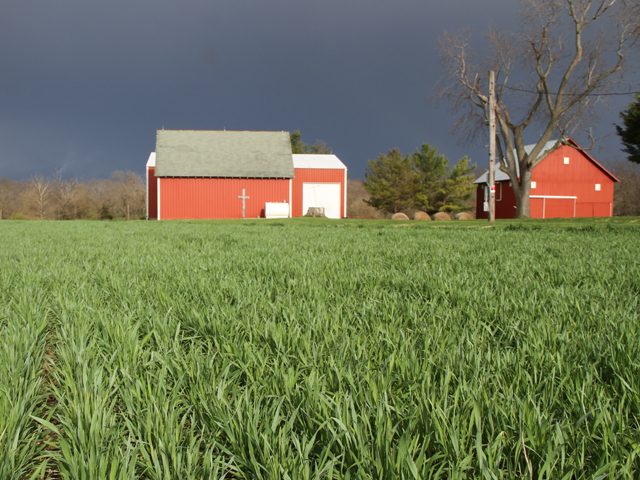Taxlink
Real vs. Personal Property
It's been a trying year. Commodity prices have been volatile, and the weather has wiped out large sections of crop. The stress has taken its toll on the farm community.
I've had more than a few clients and prospects contact me about exiting farming. Typically, I tell farmers you need three to five years for an effective exit plan; however, they want out now. Luckily, there are a few tools we can use to help mitigate the tax burden. In the past, I've written about Delaware Trusts and 1031 Exchanges. With newly issued proposed regulations, I thought it would be a good idea to review what is real and personal property in light of 1031 Exchanges.
1031 EXCHANGE
The term 1031 Exchange is related to the Internal Revenue Code Section 1031(a), which says "no gain or loss is recognized on the exchange of real property held for productive use in a trade or business or for investment if the property is exchanged solely for property of a like-kind which is to be held either for productive use in a trade or business or for investment."
What prompted the proposed regulation is that under the Tax Cuts and Jobs Act, tangible personal property held for productive use in a trade or business no longer qualifies for a tax-deferred exchange. That is why your tax preparer now asks for the full purchase price and the trade value for equipment trades (prior we would ask for boot). Because of the change, it's important to understand what is real property and personal property.
P[L1] D[0x0] M[300x250] OOP[F] ADUNIT[] T[]
REAL PROPERTY
To oversimplify, real property encompasses almost all business use or investment real estate (except for real estate held as inventory). This includes structures like houses, apartments, hotels, factories, office buildings, warehouses, barns and other farm structures (that are not removable).
Real property also includes easements (30 years or more in duration), options to acquire real property and growing crop/trees (until they are removed or severed from the land). Improvements to land that are considered inherently permanent structures and/or structural components of a permanent structure are considered real property. Some examples are fences, grain bins and silos.
PERSONAL PROPERTY
Personal property is machinery or an item of machinery that is not a permanent structure or affixed to a permanent structure. If the personal property is interconnected to a permanent structure, it is looked at as a whole. For example, a gas line to a permanent grain dryer is real property, but a gas line to a portable dryer is personal property.
In regard to a 1031 Exchange, incidental personal property may be included as part of the exchange.
Incidental is defined as the personal property that does not exceed 15% of the aggregate fair market value of the replacement of real property.
As you can see, this can be confusing. If you are thinking about a 1031 or Delaware Trust, consult a tax professional. It's better to be aware of the potential traps and tax ramifications up front.
**
DTN Tax Columnist Rod Mauszycki, J.D., MBT, is a tax principal with CLA (CliftonLarsonAllen) in Minneapolis, Minnesota. Read Rod's "Ask the Taxman" column at about.dtnpf.com/tax. You may email Rod at taxman@dtn.com.
(c) Copyright 2020 DTN, LLC. All rights reserved.




